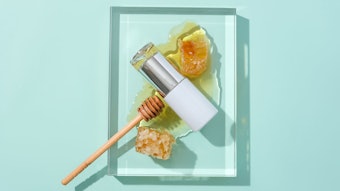In previous work,1 the authors explored the benefits of Fischer-Tropsch (FT) synthetic waxes for petroleum jelly production. Petroleum jelly is widely used in personal care and is mainly prepared from blends of paraffin wax, microcrystalline wax and mineral oil. Paraffin wax is obtained by purifying slack waxes, but due to changing worldwide demand, their availability is expected to decrease. This presented the need to identify alternative wax sources to produce petroleum jelly, and the authors found that FT waxes provide advantages including improved sustainability and availability, as well as low aromatic and sulfur-based components.
As an extension of their previous work, here the authors assess the performance of cream and petroleum jelly formulas containing different amounts of FT wax, to determine whether its moisturizing effects compare with traditional mineral-derived products. From this, additional future research will be carried out.
Skin and Moisturization
To understand moisturization, it is first important to consider some biology. Biological skin aging occurs beginning at the age of 25 in a natural physiological process,2 although factors such as exposure to sunlight (UV), cold and air pollution may accelerate this process. In addition, the modern diet, which often contains high levels of refined foods, stress, sleep deprivation and lack of exercise contribute to premature skin aging.3 Skin is one of the most complex human organs. With a total area of approximately 2 m2, it is the largest organ of the human body and has roughly 4 million sensory receptors.4










